The iPhone 6 Plus Mini-Review: Apple's First Phablet
by Joshua Ho on September 30, 2014 8:00 AM EST- Posted in
- Smartphones
- Apple
- Mobile
- iOS
- iPhone 6 Plus
Display
While the iPhone 6 Plus’ display is largely similar to the iPhone 6’s display, there are still a few areas worth talking about. The first area is resolution, which is noticeably better on the iPhone 6 Plus on close examination. In general, there’s less aliasing that is visible on the display. While text rendering in general is even better, the improved resolution is most obvious in the rotation lock symbol, which is noticeably smoother and rounder. The use of the 2208x1242 resolution with downscaling should also have a similar effect to FSAA (Full Screen Anti-Aliasing), which will reduce the effects of aliasing on the display.
Outside of simple resolution testing, we also need to test all other aspects of the display. In order to do this, we turn to SpectraCal’s CalMAN 5 with a custom workflow. As always, we use a spectrophotometer to measure color to ensure accurate results. For this review, I won’t go over viewing angles as that’s covered in the iPhone 6 review.
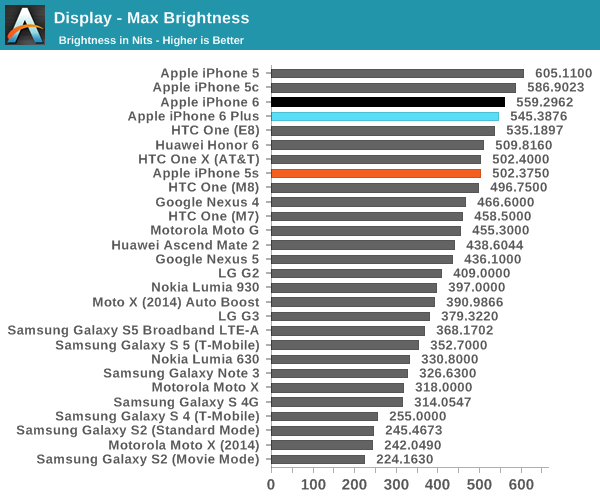
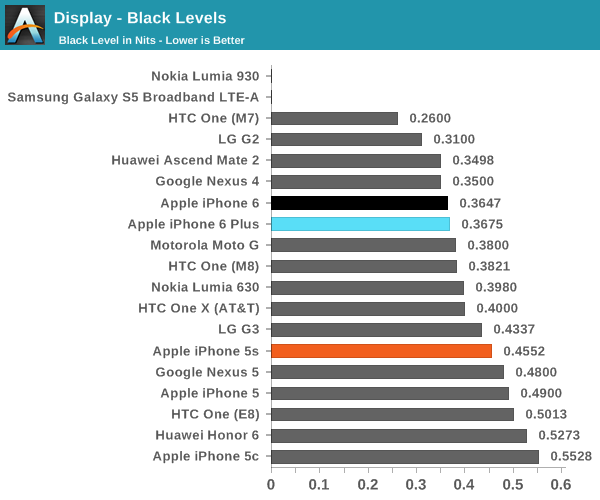
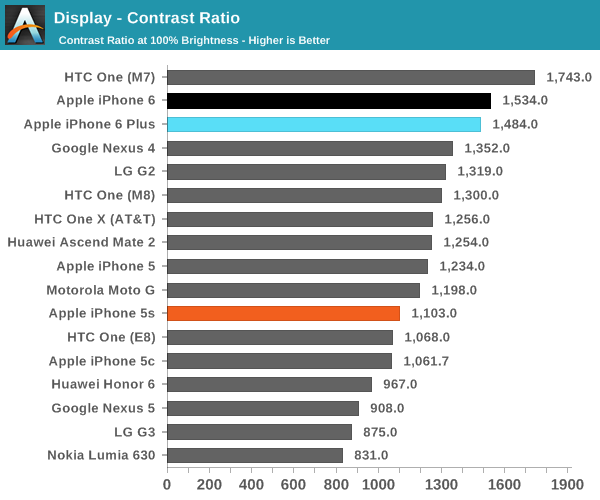
Our first test is of peak luminance and contrast. At maximum, the contrast difference between the iPhone 6 and 6 Plus is relatively small, and the difference in peak luminance is relatively small as well. I suspect that this means that Apple isn’t quite at the point where backlight luminous efficiency is rapidly falling off the way it seems to at 500+ PPI RGB LCD displays.

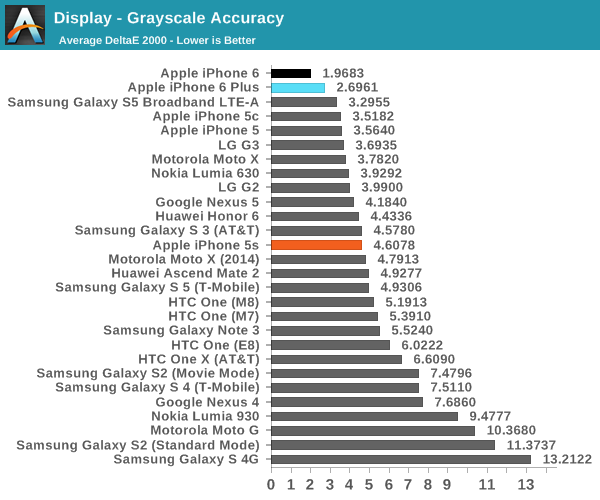
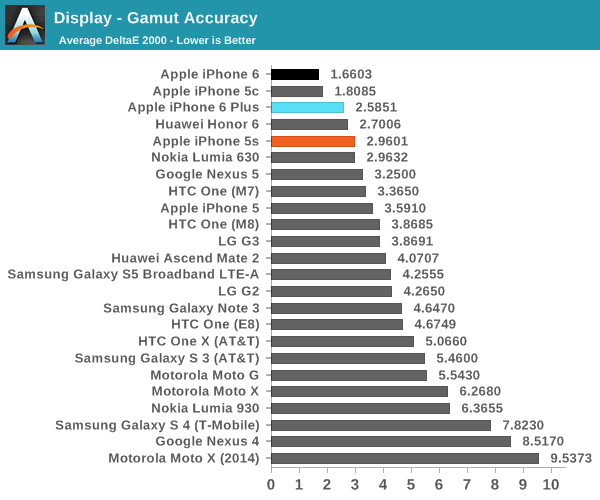
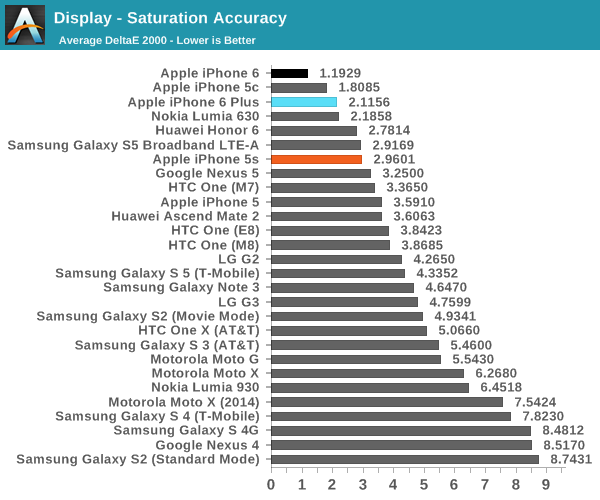
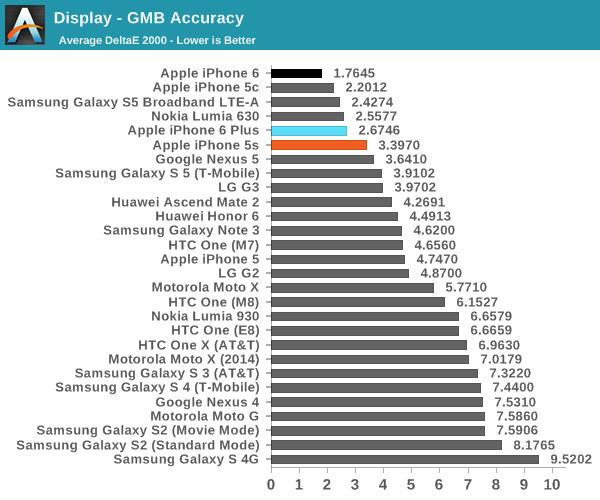
While I normally walk through each type of calibration test, there’s relatively little need in this case as the iPhone 6 Plus is close to the iPhone 6. There are some differences and the iPhone 6 is nearly perfect while the 6 Plus ends up being better than the 5s but not quite at the same level as the 6. I suspect this could be due to production variance, but these are different panels so without additional test units we can't say for certain. The iPhone 6 Plus display is quite close to the iPhone 6’s display in most regards, only larger; this is effectively as good as it gets for an LCD display.
Camera
Ultimately the change to the camera is the one difference that really sets the iPhone 6 and 6 Plus apart outside of the change in size. This one difference is optical image stabilization, or OIS. However, at first it's almost impossible to tell whether OIS is active. As someone who has used multiple cameras with OIS, this is a very odd sensation. Normally, OIS means that it's possible to see the effect of reverse accommodation in either the camera preview or while recording video, but I never saw these effects while recording video, whether in daytime or at night. In fact, I'm not even sure that video is ever optically stabilized, as seen in the videos below. I'm not sure why Apple chose to do this, as video recording is already cropped and would hide most of the odd effects that occur at the edges of the field of view when using OIS.
Putting aside OIS in video, it's obvious that the one area where OIS would be put to use is low light photography. Examining the EXIF data of low light photos, I was rather surprised to discover that in single shot mode (burst mode caps shutter speed to 1/15s) that the iPhone 6 Plus never exceeds 500 ISO. However, in order to keep pace with the iPhone 6's maximum of 2000 ISO and 1/15s exposure time, the iPhone 6 Plus drives exposure time as far as a quarter of a second, which is four times as long.
I really can't emphasize how incredible it is that Apple has pulled this off as it felt like something was wrong when I was testing low light photos as seen below. Normally, such a long exposure time entails noticeable trade-offs, but as far as I can tell motion blur is close to what I see on the iPhone 6 in low light. This seems to be the product of the multiple exposure combination that was mentioned in the keynote, and it really does work as advertised. While some benefit can be seen in the lightbox shot above, it's really in low light conditions like the photo below where we see significant benefits.
As you might expect, there's not much difference in daytime photos. I'm guessing that OIS is disabled above a certain shutter speed in order to reduce the distortion and blurriness that can come from OIS.


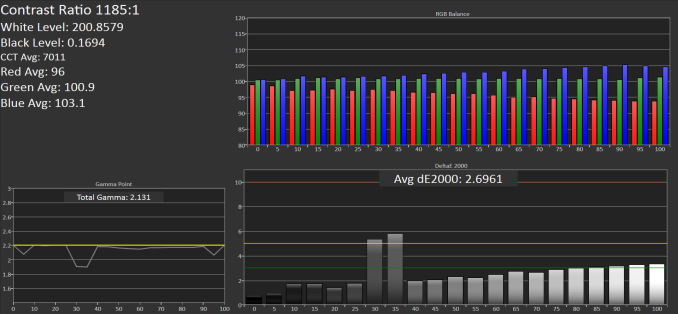
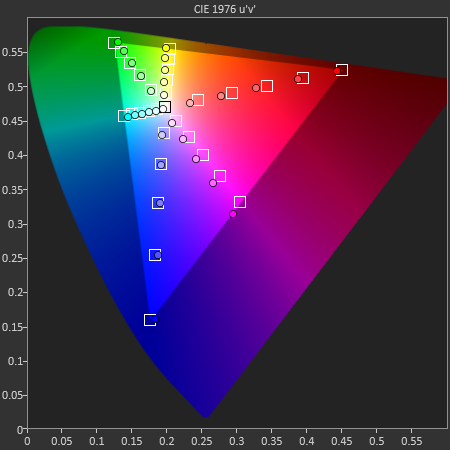
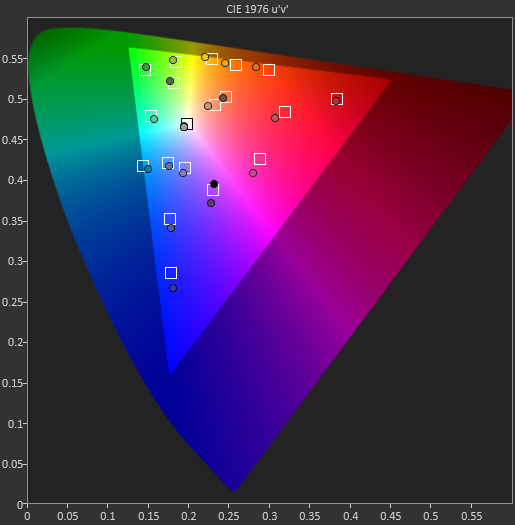






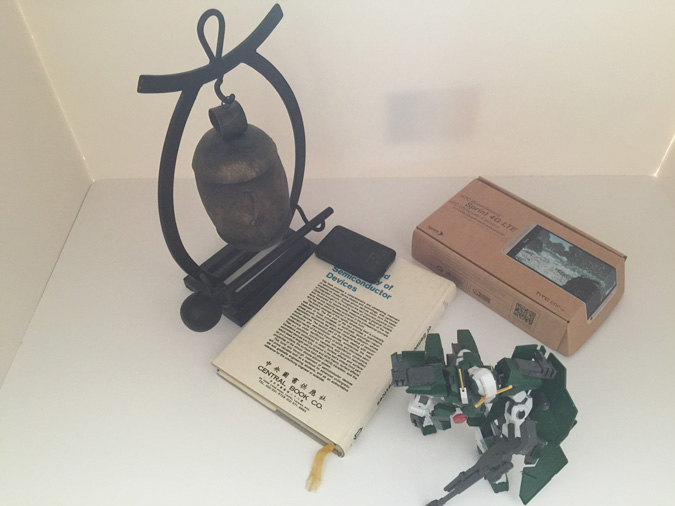






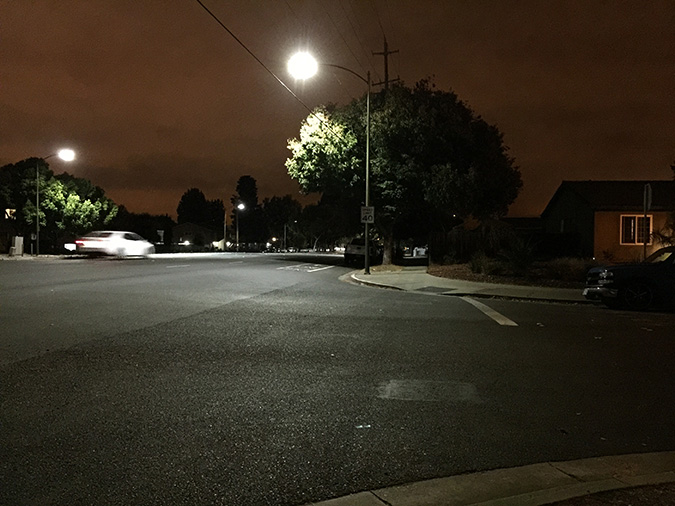






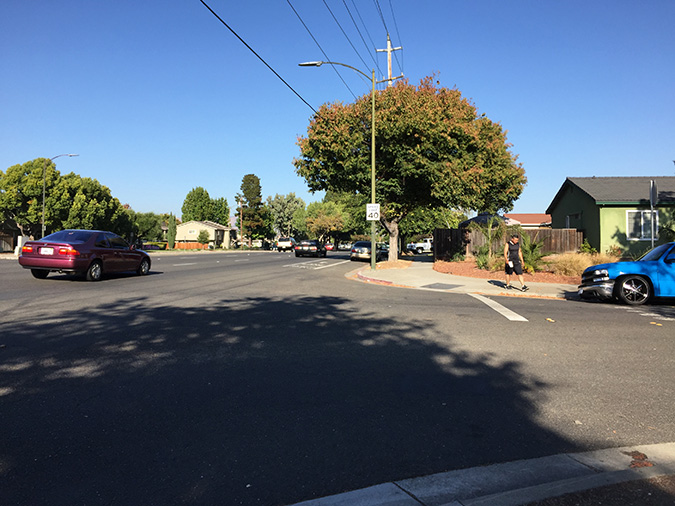








191 Comments
View All Comments
ayejay_nz - Wednesday, October 1, 2014 - link
The 6 Plus review is just an extension of the very detailed 6 review.Spoelie - Tuesday, September 30, 2014 - link
the improved pixel density is [definitely] visible. There are [definitely] performance trade-offs in GPU-based benchmarks, but otherwise Apple has managed to make this bump in resolution compromise-free. I [definitely] notice the improved resolution, /but this is a mostly subjective area that requires personal experience to judge whether the higher resolution has value./Overall, the iPhone 6 Plus is [definitely] a great phone
---
Definitely!
anekin007 - Tuesday, September 30, 2014 - link
Not sure how you're getting just over 3 hours. My 6+ is taking 4 hours to charge and other people in other forums are stating the same. With a 2.4a charger Im getting 2 hours and 40 mins. Hows the iPhone 6 charging faster than the 5s when the 6 is 1900man and 5s is 1500?kirito - Tuesday, September 30, 2014 - link
excellent review. I guess many are still in shock.Duckk - Tuesday, September 30, 2014 - link
Kudos for the Dynames Gundam in the camera tests.techcrazy - Tuesday, September 30, 2014 - link
Why you guys not doing "Cellular talk time test" like you guys did with previous smartphone? You guys took your time with the review so why didn't you ?yofa42 - Tuesday, September 30, 2014 - link
gosh, i sure hope there's no conflict of interest between new apple employee anand, and the website that bears his name.don't let them off easy on the bendgate. we want a see a real-world-applicable comparative (with note 3) strength test in bending moments throughout the length of the device.
there should be no entity too powerful and influential to call out. permanent deformation in real-world situations is a legitimate concern.
hlovatt - Tuesday, September 30, 2014 - link
Great in depth review, miles better than any others I have read with real in-depth testing. Very glad to see Anand's leaving has not affected quality one little bit.Still the best out there - thanks.
Parhel - Tuesday, September 30, 2014 - link
I've spent a bit of time with one of these, courtesy of a coworker, and it's absolutely gorgeous. I can't argue with that. I just can't imagine slipping this in my pocket to listen to music while I mow the lawn, to pick one example. It's just too big to be a daily driver. I guess I'll be sticking with my iPhone 5 for the foreseeable future.joe_dude - Tuesday, September 30, 2014 - link
Joshua, you guys really need to investigate bendgate before recommending it. Is it a real issue?? The CR test is the same one used by Apple that failed to find the problem. The Unbox Therapy video showed the 6+ was bent with minimal force at the weak spot. Heck, 10 year old kids could bend it. Anand is gone, but we still come here for a thorough review.http://www.youtube.com/watch?v=gJ3Ds6uf0Yg